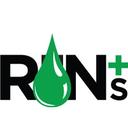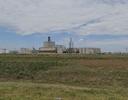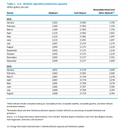Shut-off valve as a discharging valve when extracting glycerin

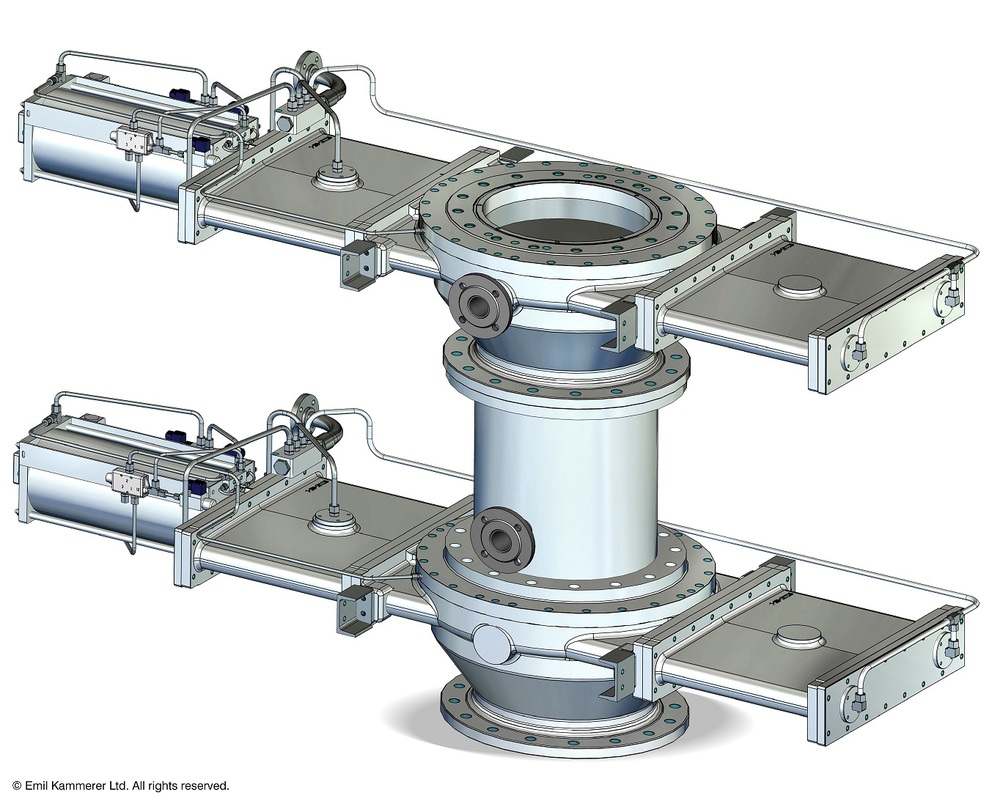
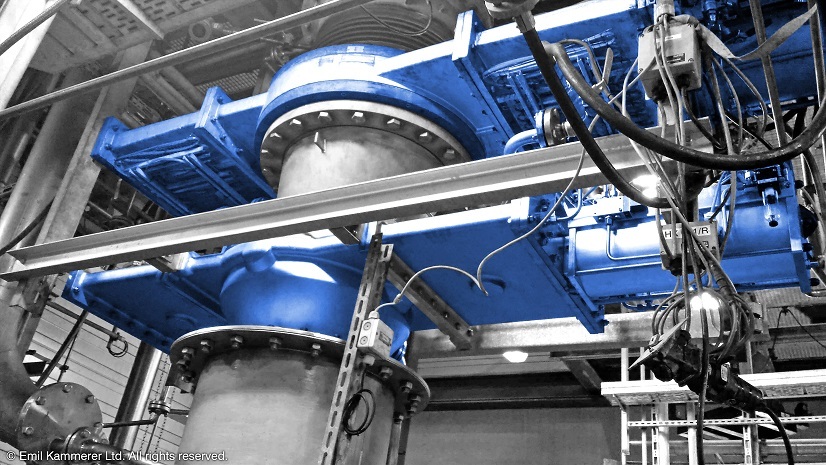
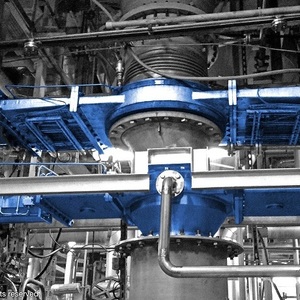
Photo: Emil Kammerer GmbH
April 3, 2015
BY Seher Sevim
Advertisement
Advertisement
Related Stories
The U.S. EPA on Nov. 16 released updated RIN data, reporting that nearly 2.11 billion RINs were generated under the RFS in October, up from 1.81 billion generated during the same month of last year.
Conestoga to host SAFFiRE cellulosic ethanol pilot plant
Conestoga Energy and SAFFiRE Renewables LLC announced on Nov. 16 their agreement for Conestoga to host SAFFiRE’s cellulosic ethanol pilot plant at Conestoga’s Arkalon Energy ethanol facility in Liberal, Kansas.
Officials at Calumet Specialty Products Partners L.P. discussed the company’s proposed plans to boost sustainable aviation fuel (SAF) production at its Montana Renewables biorefinery during third quarter earnings call, held Nov. 9.
SATORP, platform jointly owned by Aramco (62.5 percent) and TotalEnergies (37.5 percent), has for the first time in the MENA region successfully converted used cooking oil through coprocessing into ISCC+ certified SAF.
U.S. biofuels operable production capacity was up slightly in August, with a small gain for ethanol, according to data released by the U.S. EIA on Oct. 31. Feedstock consumption was down slightly from the previous month.

